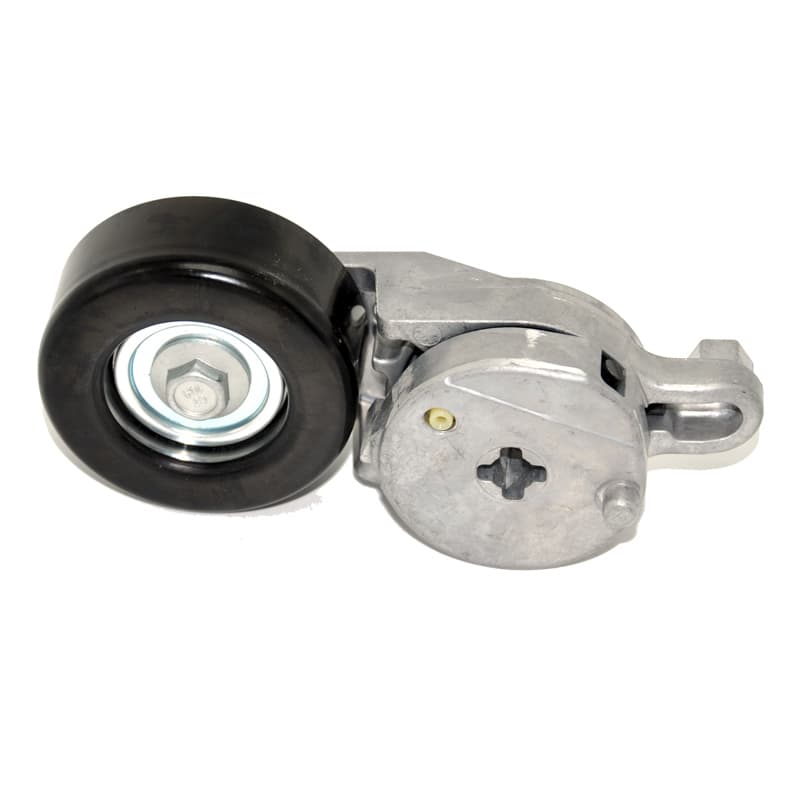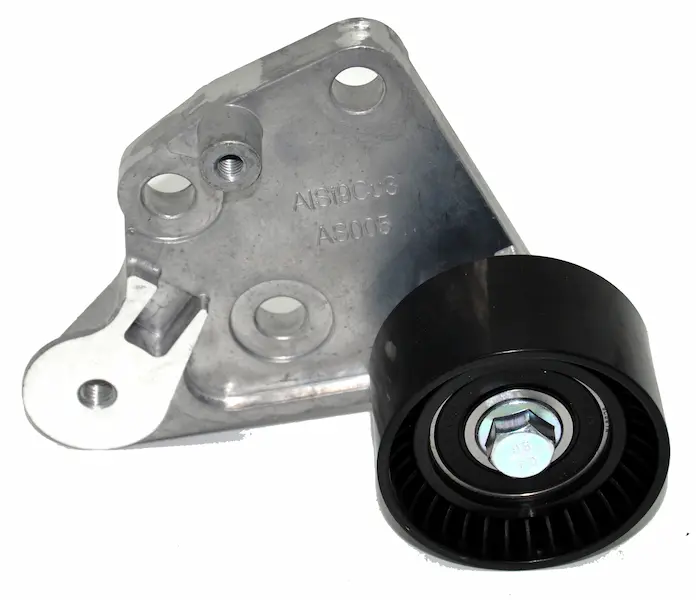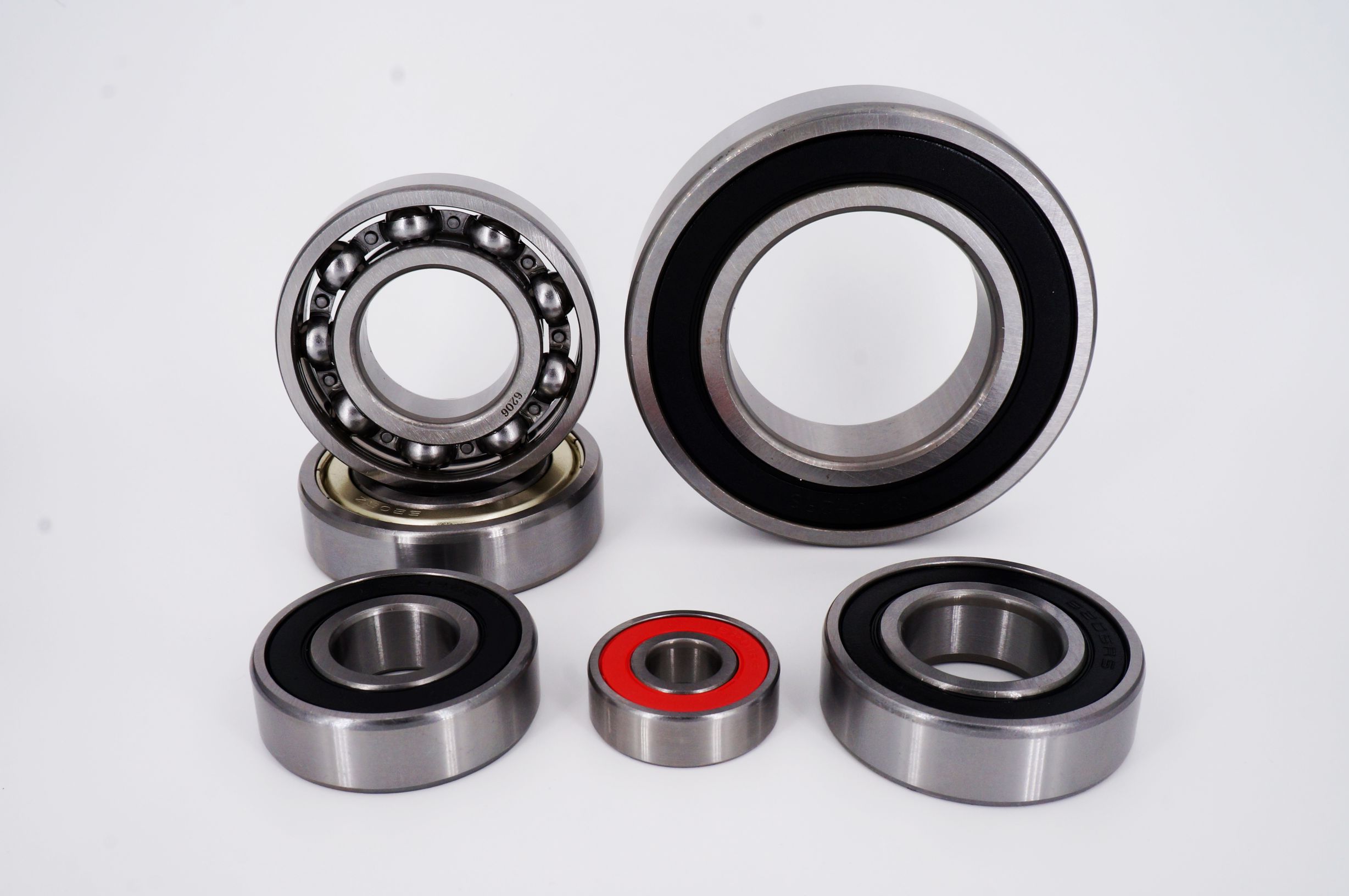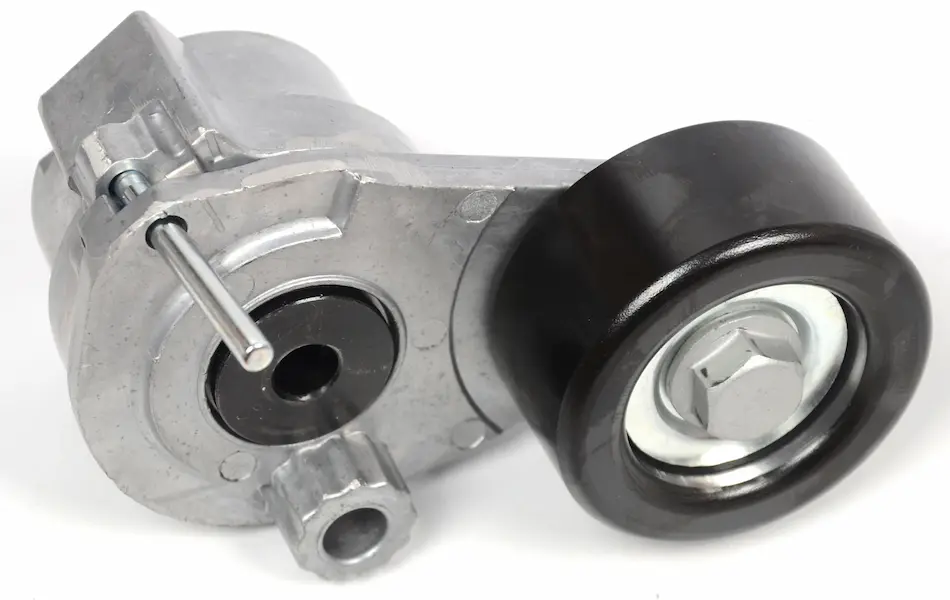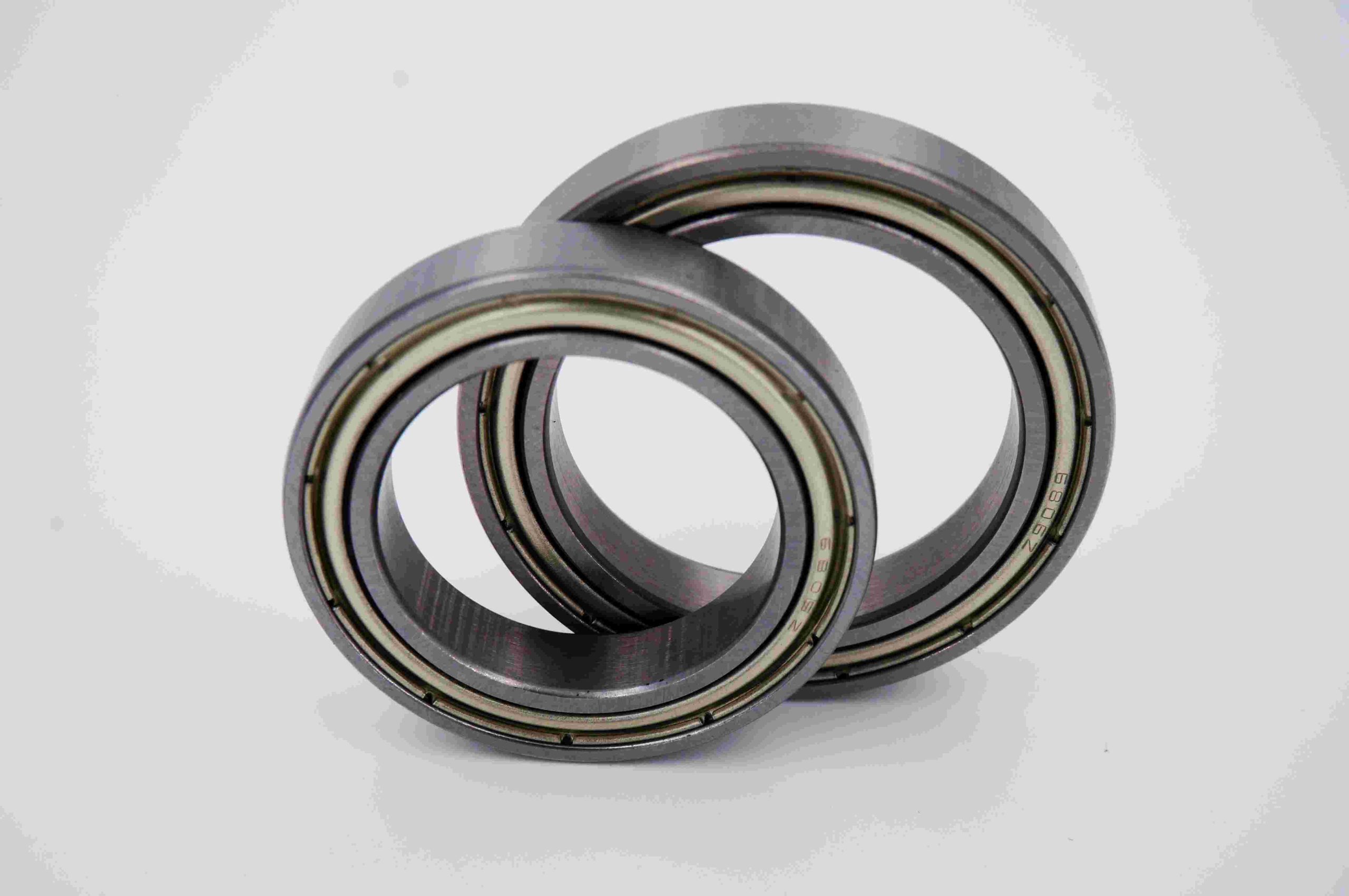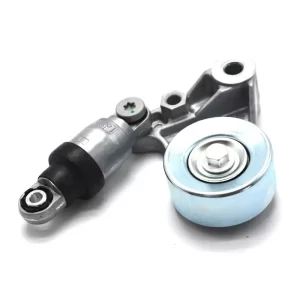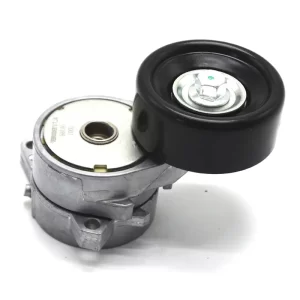Napínače v automobiloch sú kritické komponenty, ktoré zohrávajú dôležitú úlohu pri udržiavaní spoľahlivosti, účinnosti a životnosti systému pohonu príslušenstva motora.
Zabezpečujú správne napnutie remeňov alebo reťazí, čím prispievajú k hladkému a efektívnemu chodu príslušenstva a komponentov motora a zároveň zabraňujú prípadnému poškodeniu v dôsledku vôle alebo preklzu.
Napínacie kladky v automobiloch sú základnými komponentmi, ktoré pomáhajú viesť a udržiavať napätie hnacích remeňov a zabezpečujú tak plynulú a efektívnu prevádzku príslušenstva motora.
Údržba napínacích a napínacích kladiek v automobiloch je nevyhnutná na zabezpečenie hladkého chodu systému pohonu remeňa, ktorý následne ovplyvňuje výkon rôznych komponentov motora.
Kladkové remenice poskytujú stabilnú platformu pre pohyb remeňa a udržiavajú správne napnutie, čím prispievajú k celkovej spoľahlivosti a výkonu motora a systémov príslušenstva vozidla.
V kontexte automobilov sa napínačom rozumie najmä komponent hnacieho systému, ktorý udržiava správne napnutie remeňov alebo reťazí.
Jeho hlavnou úlohou je zabezpečiť, aby tieto remene alebo reťaze zostali napnuté a správne nastavené okolo rôznych remeníc a komponentov, ako sú alternátor, kompresor klimatizácie, vodné čerpadlo, čerpadlo posilňovača riadenia a niekedy aj rozvodové remene alebo reťaze.
Napínače zabraňujú uvoľneniu remeňov alebo reťazí, čo je rozhodujúce pre efektívnu prevádzku a dlhú životnosť príslušenstva motora. Pomáhajú predchádzať preklzávaniu, ktoré by mohlo viesť k zníženiu výkonu alebo dokonca k poškodeniu motora.
Zvyčajne pozostáva z pružinového ramena alebo remenicového mechanizmu, ktorý vyvíja konštantné napätie na remeň alebo reťaz. Tým sa zabezpečí, že remeň zostane správne napnutý, pretože sa časom opotrebuje.
Napínacie kladky sa používajú na vedenie a udržiavanie napätia hadovitých alebo hnacích remeňov v motorovom priestore.
Zvyčajne sú umiestnené tak, že pomáhajú meniť smer remeňa a udržiavať jeho správne napnutie, čím zabezpečujú, aby sa remeň v rôznych prevádzkových podmienkach motora nešmýkal alebo neodstával.
Ich konštrukcia je zvyčajne jednoduchá a pozostáva zo stacionárnej konzoly s hladkým alebo drážkovaným kolesom (remenicou) uloženým na ložisku. Kolo remenice sa voľne otáča na ložisku, čo umožňuje hladký pohyb remeňa okolo neho pri zachovaní jeho napnutia.
Kladky sa často nachádzajú v oblastiach, kde sa mení smer remeňa alebo kde je potrebné použiť dodatočné napätie na udržanie správneho zarovnania a napnutia.
Vývojové procesy pre vysoko presné napínače
- Počiatočná koncepcia a dizajn:
- Analýza požiadaviek: Zhromažďovanie potrieb zákazníkov a prevádzkových podmienok.
- Vývoj koncepcie: Vytváranie počiatočných návrhov pomocou softvéru CAD.
- Štúdia uskutočniteľnosti: Zhodnoťte praktickosť, náklady a výrobné možnosti.
- Podrobné inžinierstvo a simulácia:
- Rafinovaný dizajn: Vypracujte podrobné návrhy s presnými rozmermi.
- Simulácia: Na testovanie namáhania a výkonu použite metódu konečných prvkov.
- Kinematická analýza: Zabezpečte plynulý pohyb a interakciu dielov.
- Výber a testovanie materiálov:
- Výber materiálu: Vyberte vysokopevnostné a odolné materiály.
- Vytvorenie prototypu: Vyrobte prototypy pomocou metód rýchleho prototypovania.
- Testovanie materiálu: Testujte pevnosť, odolnosť proti únave a trvanlivosť.
- Vývoj výrobných procesov:
- Plánovanie procesov: Plánujte výrobné kroky a kontrolu kvality.
- Dizajn nástrojov: Vytvárajte presné nástroje a lisovacie nástroje.
- Pilotná výroba: Otestujte výrobný proces pomocou pilotných sérií.
- Kontrola a zabezpečenie kvality:
- Kontrola: Nastavte prísne kontrolné protokoly.
- Kontrola procesov: Používajte štatistické techniky na udržanie kvality.
- Nedeštruktívne testovanie: Skontrolujte vnútorné chyby bez poškodenia.
- Testovanie a overovanie výkonu:
- Funkčné testovanie: Testujte v reálnych podmienkach.
- Testovanie vibrácií a hluku: Uistite sa, že nedochádza k neobvyklým vibráciám alebo hluku.
- Analýza zlyhania: Identifikujte a opravujte problémy v nevyhovujúcich komponentoch.
- Finálna výroba a uvedenie na trh:
- Výroba v plnom rozsahu: Prechod na veľkovýrobu s kontrolou kvality.
- Balenie a preprava: Zabezpečte bezpečné a označené balenie.
- Spätná väzba od zákazníkov: Zbierajte a analyzujte spätnú väzbu na účely zlepšenia.
- Neustále zlepšovanie:
- VÝSKUM A VÝVOJ: Neustále inovujte a zlepšujte návrhy.
- Školenie: Informujte zamestnancov o najnovších technológiách.
- Podpora zákazníkov: Poskytovanie spoľahlivej podpory a rýchle riešenie problémov.
Vďaka týmto vývojovým procesom sú vysoko presné napínače vyrobené tak, aby spĺňali prísne normy a zabezpečili spoľahlivý výkon a dlhú životnosť v príslušných aplikáciách.
Ak máte akékoľvek otázky alebo požiadavky, kontaktujte nás.

